China’s clothing industry, with its vast manufacturing capabilities and mass production, presents numerous opportunities for importers.
Besides finding the right apparel suppliers, what else to prepare before importing direct from China?
This guide will give you the background information and walk you through the essential steps for successfully importing clothes from China.
Develop a Clear Import Strategy
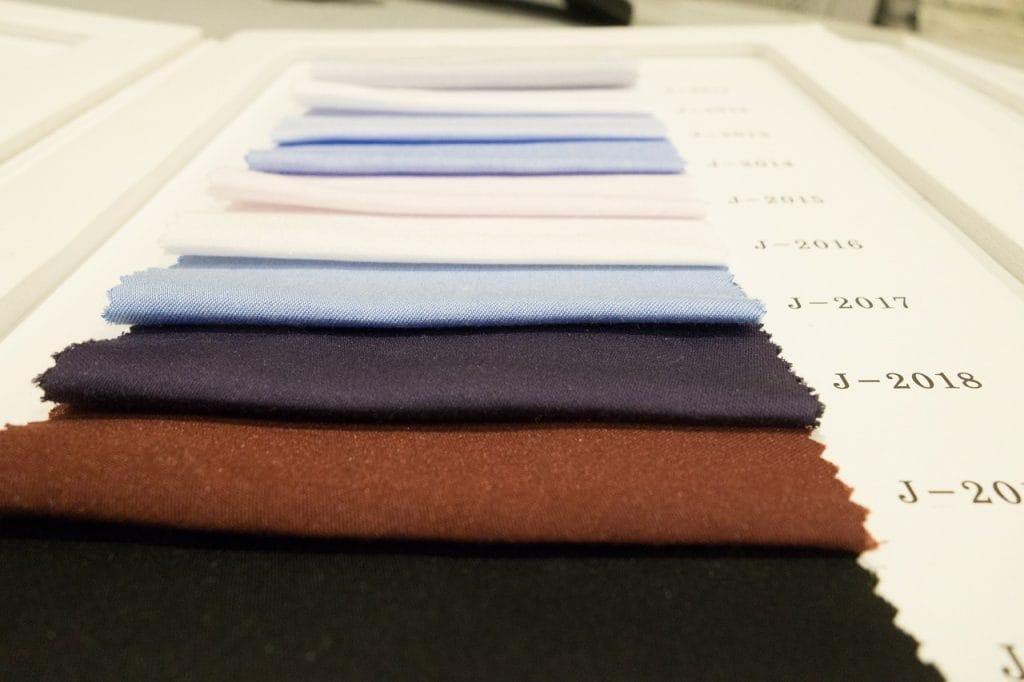
Research and Planning
Before diving into importing, do a thorough research and planning. This includes understanding market trends, identifying potential competitors, and assessing the demand for various types of clothing in your target market.
Identifying Target Market and Clothing Types
Clearly define your target market and the types of clothing you wish to import. Consider factors such as age group, style preferences, and price points. This will guide your decisions when selecting suppliers and products.
Budgeting Considerations
Develop a comprehensive budget that includes not only the cost of goods but also shipping, customs duties, insurance, and potential marketing expenses. Factor in currency exchange rates and their potential fluctuations.
Chinese Clothing Market
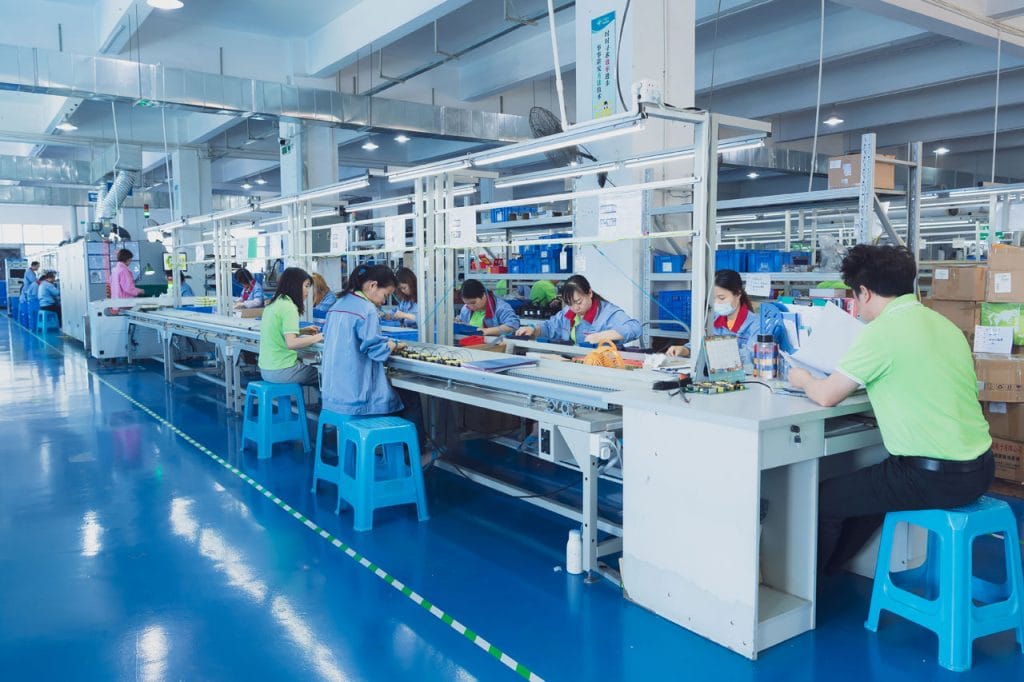
History of the Chinese Clothing Market
China’s clothing industry has undergone a remarkable transformation over the past few decades. From a primarily domestic-focused sector in the 1970s, it has evolved into a global powerhouse. The opening up of China’s economy in the late 1970s paved the way for significant growth in textile and garment manufacturing. By the 1990s and 2000s, China had established itself as the “world’s factory,” particularly in the clothing sector.
Overview of the Current Market
Domestic Brands and International Influence
Today, the Chinese clothing market is a dynamic blend of domestic brands and international influences. While global fashion brands have a strong presence, Chinese domestic brands are increasingly gaining recognition both at home and abroad. This mix creates a diverse and competitive landscape that offers opportunities for various market segments.
Industry Initiatives
The Chinese government has implemented several initiatives to upgrade the clothing industry. These include promoting technological innovation, encouraging sustainable practices, and supporting the development of high-value-added products. Such initiatives aim to transition China from being merely a low-cost manufacturer to a hub of fashion innovation and quality production.
Future Prospects
The future of China’s clothing industry looks promising, with a focus on technological integration, sustainability, and meeting the evolving demands of both domestic and international consumers. E-commerce and digital technologies are playing an increasingly important role in shaping the industry’s future.
Cities in China Produce Garment

Major clothing production hubs in China are concentrated in the eastern and southern coastal regions.
Provinces like Guangdong, Zhejiang, Jiangsu, and Fujian are known for their extensive textile and garment manufacturing capabilities. Each region often specializes in certain types of clothing or fabrics. Some focus on sportswear, others on formal wear, and some specialize in particular fabrics like denim or silk. This specialization allows for high efficiency and expertise in specific areas of clothing production.
Here’re details of the specilization of manufacturers for startups in different cities:
Guangdong Province
- Guangzhou: Known for its diverse range of clothing products, from fast fashion to high-end garments. It has a strong network of suppliers and manufacturers.
- Shenzhen: A major hub for electronics and technology, Shenzhen also has a thriving clothing industry, especially for sportswear and accessories.
- Dongguan: Renowned for its efficient production capabilities and competitive pricing, Dongguan is a popular choice for large-scale clothing orders.
Zhejiang Province
- Hangzhou: The capital of Zhejiang Province, Hangzhou is famous for its silk production and high-quality textiles. It’s also a center for fashion design and trends.
- Ningbo: A coastal city with excellent transportation links, Ningbo is a major exporter of clothing, especially knitwear and sportswear.
- Wenzhou: Known for its footwear industry, Wenzhou also produces a wide range of clothing items, including casual wear and outerwear.
Finding and Evaluating Reliable Suppliers
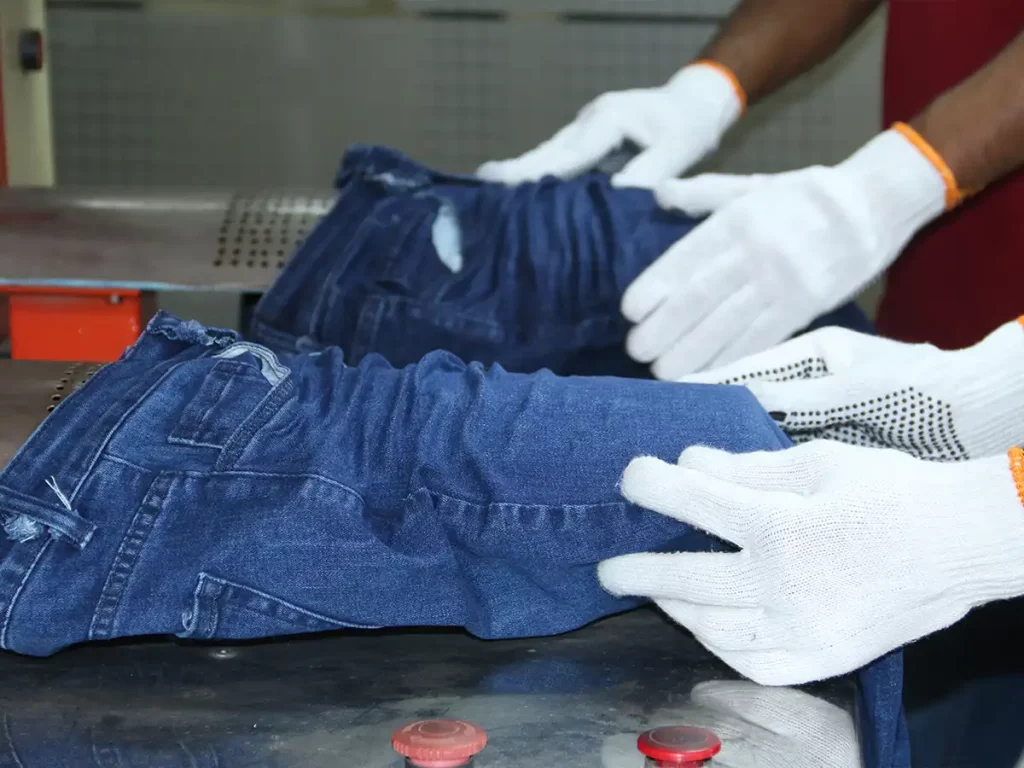
Online Marketplaces and Trade Shows
Platforms like Alibaba, Global Sources, and Made-in-China.com are popular for finding Chinese suppliers. Additionally, attending trade shows like Canton Fair can provide opportunities to meet suppliers in person and see product samples firsthand.
Using Sourcing Agents
For those new to importing or dealing with complex orders, using a sourcing agent can be beneficial. These professionals can help navigate the Chinese market, communicate with suppliers, and ensure quality control.
Checking Credentials
Verify the legitimacy of potential suppliers by checking their business licenses, export rights, and any relevant certifications. Request references and, if possible, visit their facilities.
Requesting Samples
Always request samples before placing a large order. This allows you to assess the quality of the products and the supplier’s ability to meet your specifications.
Product Specifications and Ordering
Custom-Made vs. Modified Standard Models
Decide whether you want customized garments or if you’ll modify existing models (ODM – Original Design Manufacturing). Custom designs offer uniqueness but often come with higher minimum order quantities and costs.
Providing Product Detailes
Be extremely detailed in your product specifications. Include information on sizes, materials, colors, design elements, packaging, and any specific quality requirements. The more precise you are, the less room there is for misunderstanding.
Be Careful of Minimum Order Quantities (MOQs)
Chinese manufacturers often have minimum order quantities. These can vary greatly depending on the type of garment and the manufacturer. Be prepared to negotiate or consider working with smaller factories if you need lower MOQs.
Negotiating Contracts and Incoterms
Clearly define all terms in your contract, including payment terms, delivery timelines, and quality standards. Familiarize yourself with Incoterms (International Commercial Terms) and specify which ones apply to your agreement.
Export Regulations and Compliance in China
Customs Declaration
Ensure all documentation is accurate to avoid delays or penalties.
Export License (Chinese Supplier)
Verify that your Chinese supplier has the necessary export licenses. This is crucial for ensuring smooth exportation of goods from China.
Business License: A valid business license is essential.
Export License: To legally export clothing from China, a specific export license is needed to comply with Chinese rules.
Tax Considerations: After obtaining necessary licenses and permits, Chinese clothing sellers should be aware of the tax implications of exporting.
Value Added Tax (VAT): Exported clothing in China generally has a 0% VAT rate, allowing exporters to claim back any VAT paid on related goods and services.
Withholding Tax: Overseas payments, such as service fees, might trigger withholding tax obligations for Chinese suppliers.
Corporate Income Tax: Profits from clothing exports are part of a company’s annual income and are subject to corporate income tax.
Shipping and Logistics
Choosing Between Air Freight and Sea Freight
Decide between air and sea freight based on your timeline, budget, and the volume of goods. Sea freight is generally cheaper but slower, while air freight is faster but more expensive.
Understanding Incoterms
Familiarize yourself with Incoterms to clearly define the responsibilities and risks involved in shipping. Common terms include FOB (Free on Board), CIF (Cost, Insurance, and Freight), and EXW (Ex Works).
Why ASG (A Sourcing Agency) Can Help with Clothing Sourcing

ASG has extensive networks and expertise in the Chinese market, making them well-equipped to handle the complexities of the sourcing process. Here are some key areas where ASG can help:
Supplier Selection and Evaluation: We have access to a vast database of potential suppliers in China. We can help you identify suppliers that align with your brand’s requirements, such as quality standards, production capacity, and ethical practices. Additionally, we can conduct thorough evaluations to ensure suppliers meet your expectations.
Negotiation and Contract Management: Negotiating favorable terms with Chinese suppliers can be challenging, especially for those unfamiliar with the local market. ASG does this easily for you to secure competitive prices, negotiate payment terms. We can also assist in drafting and reviewing contracts to protect your interests.
Quality Control and Inspection: Maintaining consistent quality is crucial for building a successful brand. Sourcing agencies can implement rigorous quality control measures, including pre-production samples, in-process inspections, and final product inspections.
Logistics and Shipping: Navigating the logistics of importing goods from China can be complex. We can handle all aspects of the shipping process, from booking freight, arranging customs clearance, and coordinating transportation to your warehouse.
Ethical Sourcing and Compliance: Ethical sourcing is increasingly important to consumers. We help you ensure that your suppliers adhere to ethical standards, such as fair labor practices, environmental sustainability, and responsible sourcing.
Import Regulations and Customs Duties

General Considerations for Importing
Be aware of general import regulations, including documentation requirements, restricted items, and any quotas that may apply to clothing imports from China.
Regulations for the United States
For U.S. importers, understand the regulations set by the U.S. Customs and Border Protection. This includes proper classification of goods under the Harmonized Tariff Schedule (HTS) and compliance with any applicable trade agreements.
Regulations for Canada
Canadian importers should be familiar with the Canada Border Services Agency (CBSA) regulations, including tariff classification, valuation, and any applicable free trade agreements.
Required Documents
Ensure you have all necessary documents, which typically include commercial invoice, packing list, bill of lading, and certificate of origin. Be prepared to provide additional documentation if requested by customs authorities.
Common Challenges and How to Solve
Language Barriers
Consider using translation services or hiring a bilingual representative to overcome language barriers.
Quality Issues
Address quality issues promptly. Establish clear quality standards from the outset and implement rigorous quality control measures.
Shipping Delays
Plan for potential delays by building buffer time into your supply chain. Stay informed about factors that could affect shipping, such as holidays or port congestions.
Conclusion
Importing clothes from China can be a profitable venture, but it requires careful planning, attention to detail, and an understanding of both Chinese and your home market’s business practices.
Remember that the landscape of international trade is always evolving, with changes in regulations, tariffs, and market conditions.
Stay informed about these changes and be prepared to adapt your strategies accordingly. With persistence and the right approach, importing clothes from China can be a key component of a successful apparel business strategy.
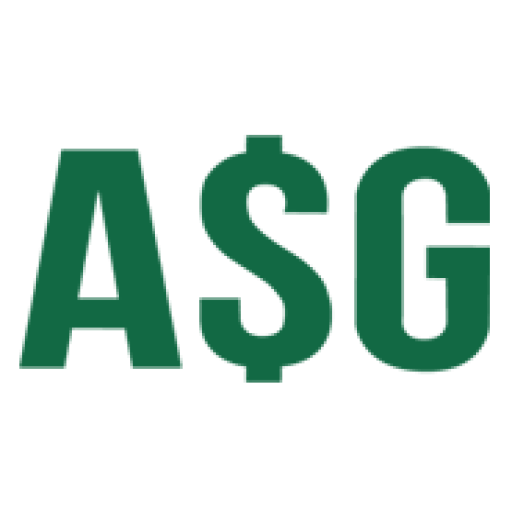





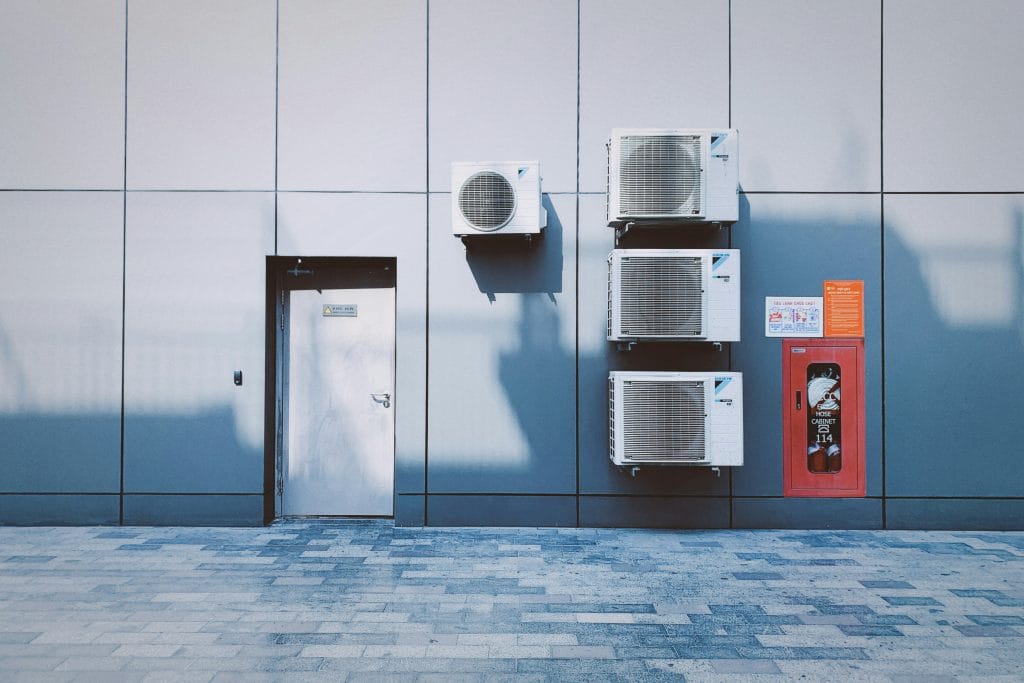
-300x198.png)